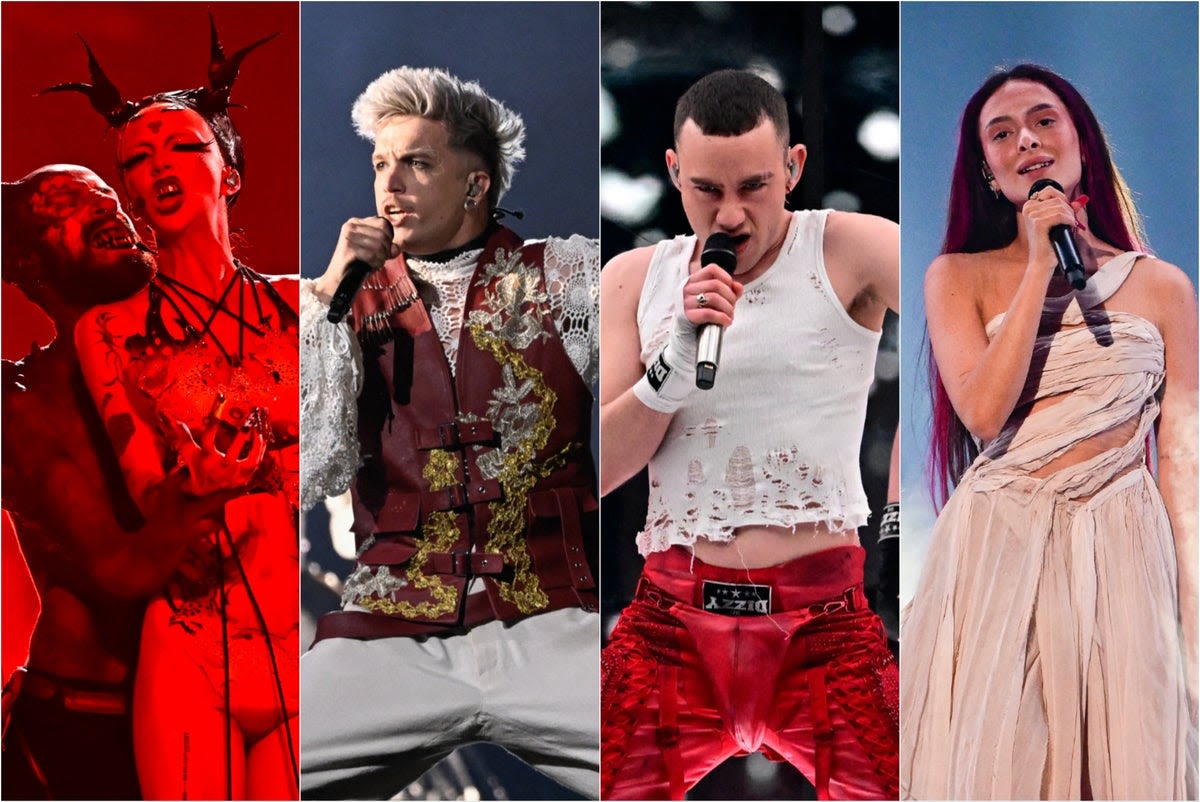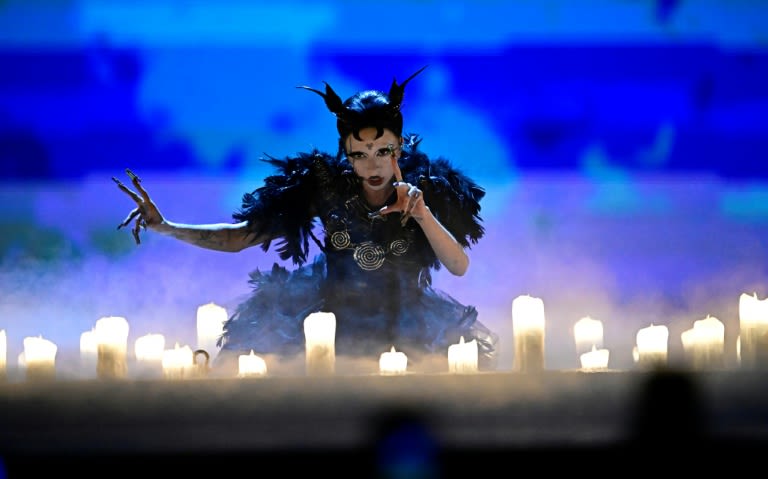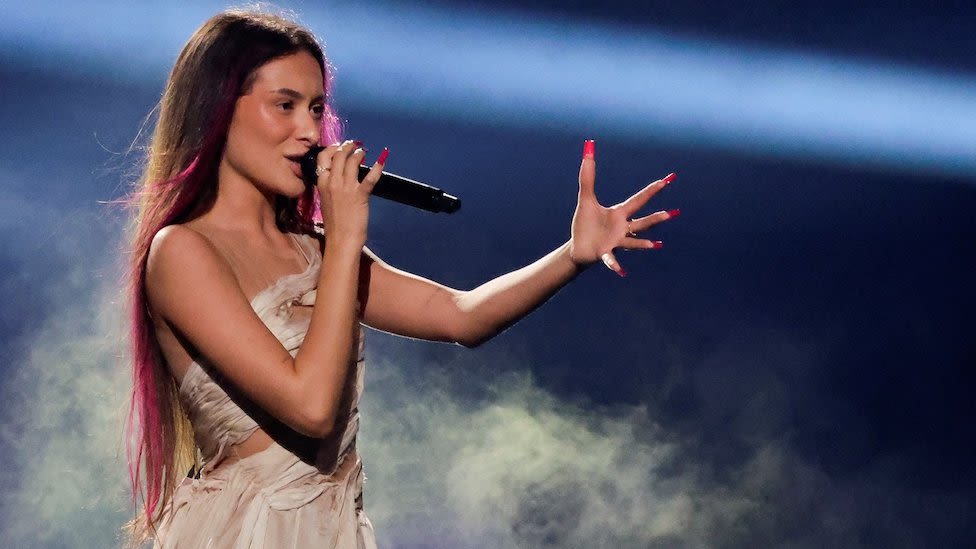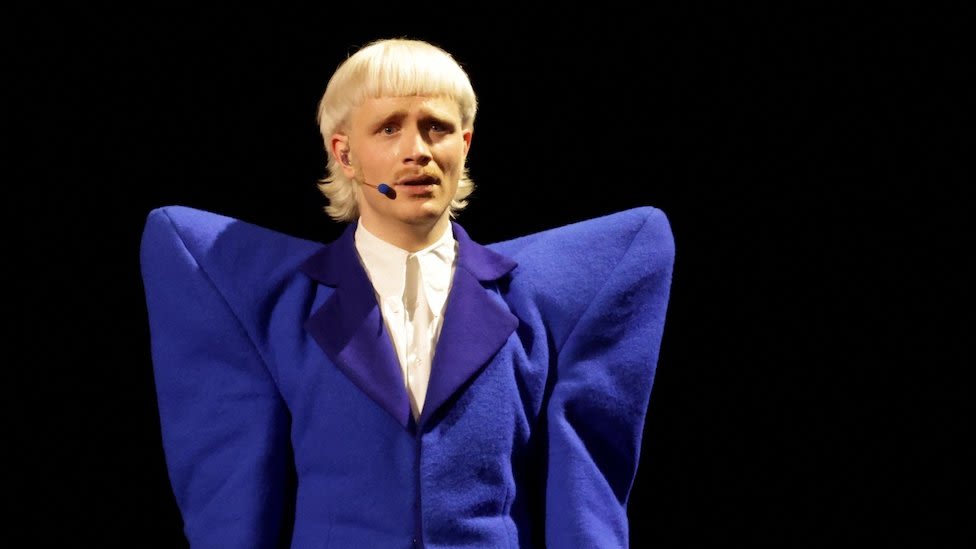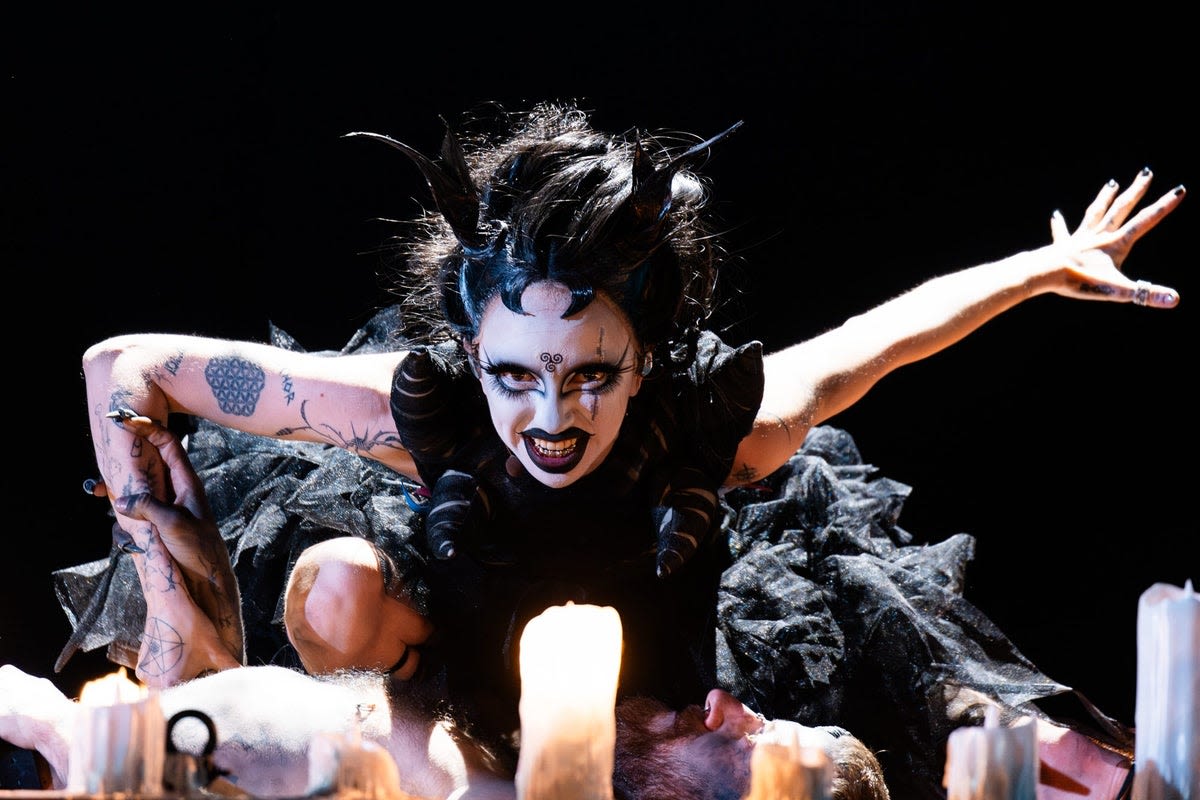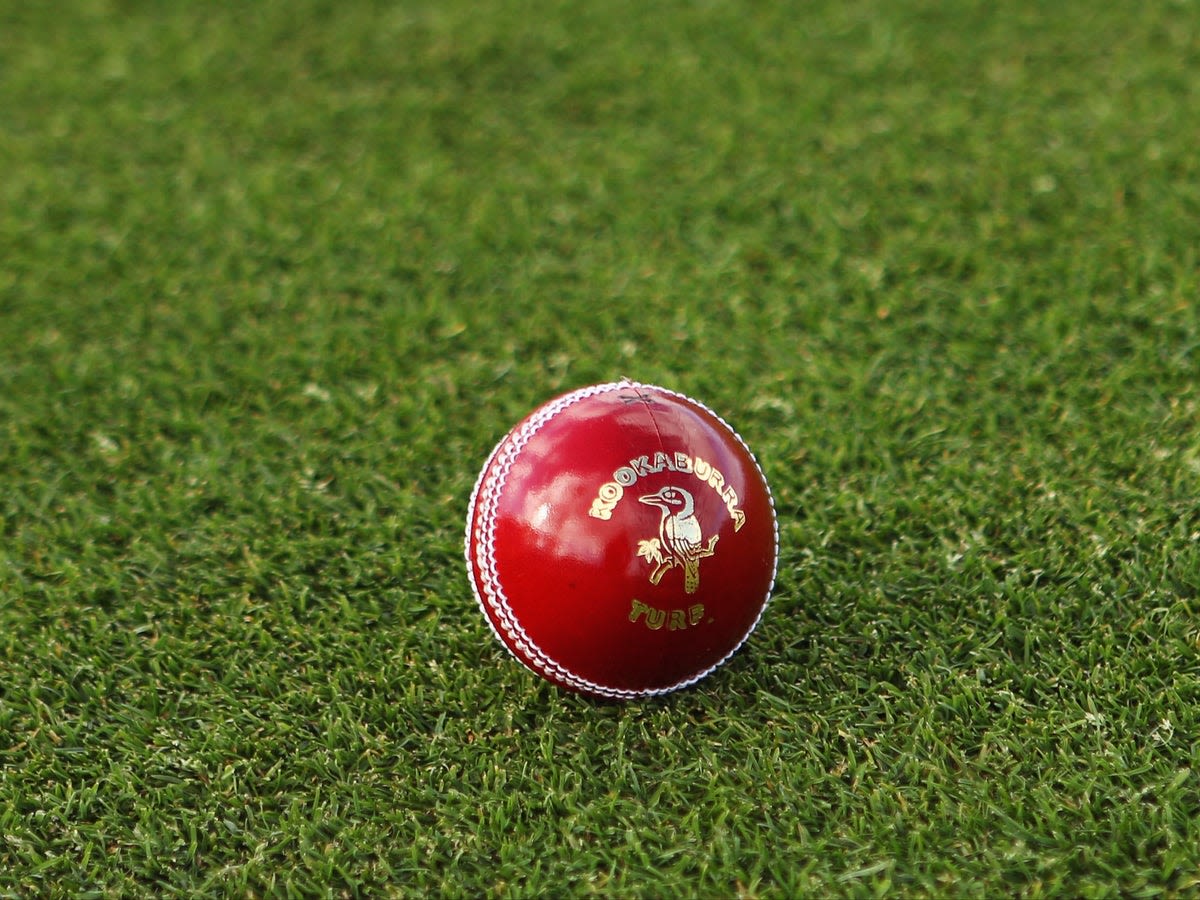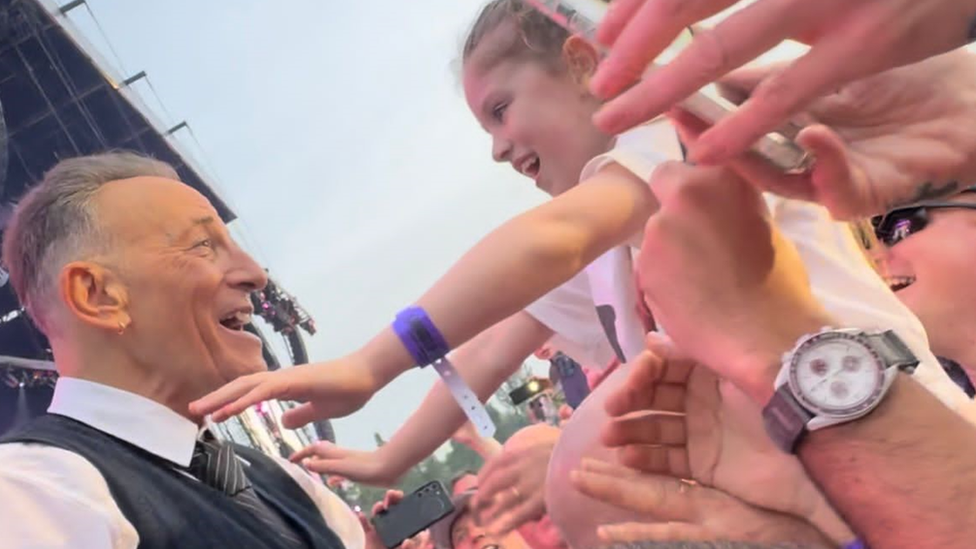Search results
Ireland (/ ˈ aɪər l ə n d / ⓘ IRE-lənd; Irish: Éire [ˈeːɾʲə] ⓘ; Ulster-Scots: Airlann [ˈɑːrlən]) is an island in the North Atlantic Ocean, in north-western Europe. It is separated from Great Britain to its east by the North Channel, the Irish Sea, and St George's Channel.
- Republic of Ireland - Wikipedia
Ireland (Irish: Éire [ˈeːɾʲə] ⓘ), also known as the Republic...
- History of the Republic of Ireland - Wikipedia
History of the Republic of Ireland - Wikipedia. Contents....
- History of Ireland - Wikipedia
History of Ireland - Wikipedia. Contents. hide. (Top)...
- Republic of Ireland - Simple English Wikipedia, the free ...
The country is sometimes called the Republic of Ireland to...
- Ireland - Simple English Wikipedia, the free encyclopedia
Ireland (/ ˈ aɪər l ə n d / ; Irish: Éire [ˈeːɾʲə] ;...
- Republic of Ireland - Wikipedia
News about Eurovision Song Contest, Bambie Thug, Ireland
News about Ireland, Pakistan, T20I
Also in the news
Ireland (Irish: Éire [ˈeːɾʲə] ⓘ), also known as the Republic of Ireland (Poblacht na hÉireann), is a country in north-western Europe consisting of 26 of the 32 counties of the island of Ireland. The capital and largest city is Dublin, on the eastern side of the island.
- dd/mm/yyyy
- Unitary parliamentary republic
- Background to Independence
- The Irish State, 1922–1939
- World War II, Neutrality, and "The Emergency" 1939–1945
- Relationship with Northern Ireland 1945–Present
- 1949 – Declaring A Republic
- Current History
- Social Liberalisation
- National Scandals
- See Also
- References
Separatism, rebellion and partition
From Union in 1801 until 6 December 1922 the whole of Ireland was part of the United Kingdom of Great Britain and Ireland. However, from the 1880s, there had been long-standing nationalist agitation for autonomy or Home Rule. Other, more radical voices such as the Irish Republican Brotherhoodcalled for independence, but these were in a minority. In 1912–1913, the Liberal government in Britain proposed a Bill for Home Rule. Alarmed, unionists in the north organized the Ulster Volunteers, an ar...
Anglo-Irish Treaty
Negotiations between the British and Irish negotiating teams produced the Anglo-Irish Treaty, concluded on 6 December 1921. The Irish team was led by Michael Collins, who had organised the IRA intelligence during the War of Independence. The British team led by David Lloyd George and Winston Churchillwere prepared to make concessions on Irish independence but would not concede a republic. Towards the end of negotiations, Lloyd George threatened, "immediate and terrible war" if the Irish did n...
Civil War
On a vote of 64 to 57, the Dáil narrowly passed the Anglo-Irish Treaty on 7 January 1922. Éamon de Valera, President of the Republic and several other cabinet members resigned in protest. The pro-Treaty leadership of Michael Collins and Arthur Griffith, organised in a Provisional Government, set about establishing the Irish Free State created by the Treaty. To this end, they began recruiting for a new army, based initially at Beggars Bush Barracksin Dublin, composed of pro-Treaty IRA units. T...
Immediately after the Civil War, elections were held in which anti-Treaty Sinn Féin were allowed to participate. Although many of their candidates, including Éamon de Valera, were imprisoned, they won about one third of the vote. However the pro-Treaty side, organised in Cumann na nGaedheal, won a comfortable majority and went on to form the govern...
The outbreak of the Second World War put the state and the de Valera government in a difficult situation. It came under pressure from Britain and later the US, to enter the war, or at least to allow the allies to use its ports. However, there remained a minority who felt that national independence had yet to be achieved and who were resolutely oppo...
The official position of the Irish state, as laid out in the 1937 constitution, was that the territory of the state comprised the whole island of Ireland, but that its laws applied only to the territory of the Free State, as outlined in the 1922 Treaty. Thereafter the policies of Irish governments pursued the peaceful unification of Ireland through...
On 18 April 1949 the Republic of Ireland Act 1948, which had been enacted by the Oireachtas, came into force. That legislation described Ireland as the Republic of Ireland but did not change the country's name. The international and diplomatic functions previously vested in or exercised by the king were now vested in the President of Ireland who fi...
Economic, political and social history, 1945–1998
Ireland emerged from the Second World War in better condition than many European countries, having been spared direct involvement in the war and with an income per capita higher than that of most belligerent countries. Ireland also benefited from a loan under the Marshal Plan; $36 million, at 2% interest. The money was spent on an extensive housing and slum-clearing project and a successful campaign to eradicate tuberculosis. However, whereas most European countries experienced a sustained ec...
"Celtic Tiger;" Economic growth of 1990s
The state had had a disappointing economic performance for much of its existence, but it became one of the fastest growing economies in the world by the 1990s, a phenomenon known as the Celtic Tiger. One factor in this was a policy of attracting foreign investment by offering very low taxes on profits ("corporations taxes", which were set at 12%) and by investing in education – offering a well-educated work force at relatively low wages and access to the now-open European market. The second f...
21st century
Ireland went through some of its most serious post-war crises in the early 21st century, such as the Great Recession of 2008 and with COVID-19 pandemic (Including Delta cron hybrid variant) in between March 2020 and March 2022, which has been further damaged economy and met with both national and international acclaim.[citation needed] By the beginning of the 21st century, in 2000s, Ireland had become the second richest (in terms of GDP per capita, adjusted for purchasing power parity) member...
In the late 20th century, Irish society underwent rapid social change. After the introduction of free education in the late 1960s, many more people had access to second and third level qualifications. The relative economic success of the 1960s and 1970s also decreased emigration, meaning that Ireland became a younger and much more urban society tha...
Social liberalisation was widely accepted by the 1990s due in part to a series of a very damaging scandals in that decade. The revelation that one senior Catholic bishop, Eamon Casey, fathered a child by a divorcée caused a major reaction, as did the discovery of a child abuse ring whereby offenders became clerics in order to use their position in ...
Sources
1. Hopkinson, Michael (2004). Green Against Green, The Irish Civil War. Gill and Macmillan. ISBN 9780717137602. 2. Lee, J.J. (1989). Ireland, 1912-1985: Politics and Society. Cambridge University Press. ISBN 9780521377416.
Ireland, also known as the Republic of Ireland, is a country in north-western Europe consisting of 26 of the 32 counties of the island of Ireland. The capital and largest city is Dublin, on the eastern side of the island. Around 2.1 million of the country's population of 5.15 million people reside in the Greater Dublin Area.
History of Ireland - Wikipedia. Contents. hide. (Top) Prehistory (10,500 BCE–600 BCE) Iron Age (600 BCE–400 CE) Early Christian Ireland (400–795) Early medieval and Viking era (795–1169) Anglo-Norman Ireland (1169–1536) Early modern Ireland (1536–1691) Protestant ascendancy (1691–1800) Union with Great Britain (1801–1912)
The country is sometimes called the Republic of Ireland to distinguish it from the island. It is a member of the European Union. The republic's capital is Dublin. Cork is the second largest city in the country and the third largest on the island of Ireland. The population of Ireland is 4.9 million.
People also ask
Where is Ireland located?
Why is Ireland called the Republic of Ireland?
What is the capital of Ireland?
Is Ireland a country?
Ireland (/ ˈ aɪər l ə n d / ; Irish: Éire [ˈeːɾʲə] ; Ulster-Scots: Airlann) is an island in the North Atlantic. It is 486 kilometres (302 miles) long and about 288 kilometres (179 miles) wide. To the west of Ireland is the Atlantic Ocean; to the east of Ireland is the island of Great Britain. Over 6.4 million people lived on the ...
